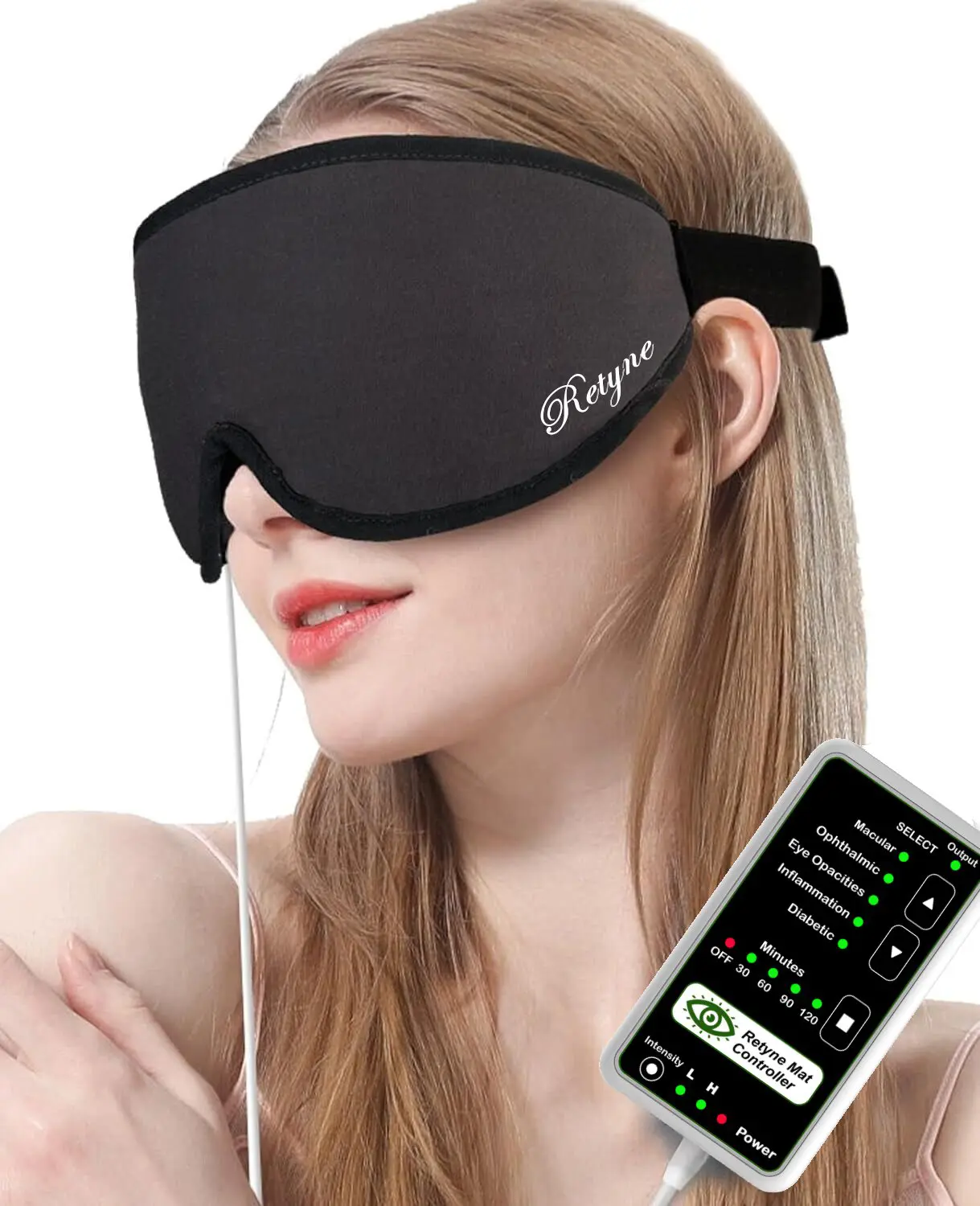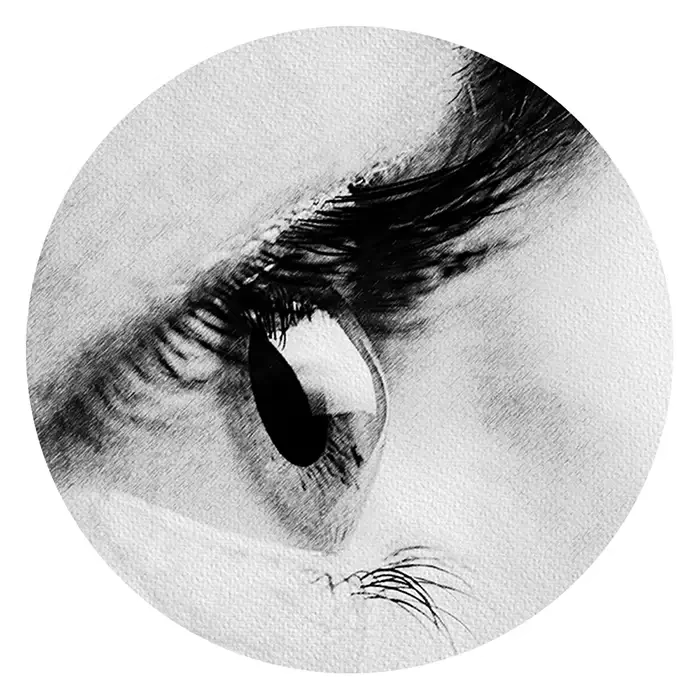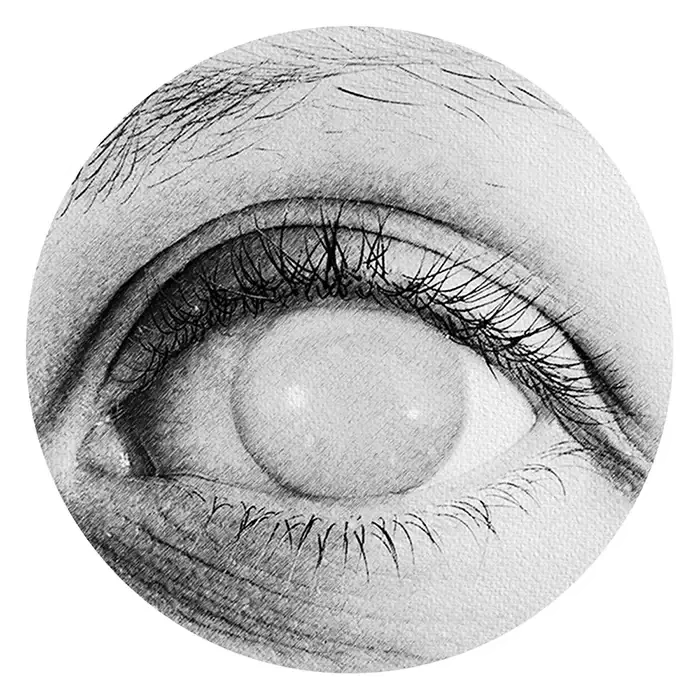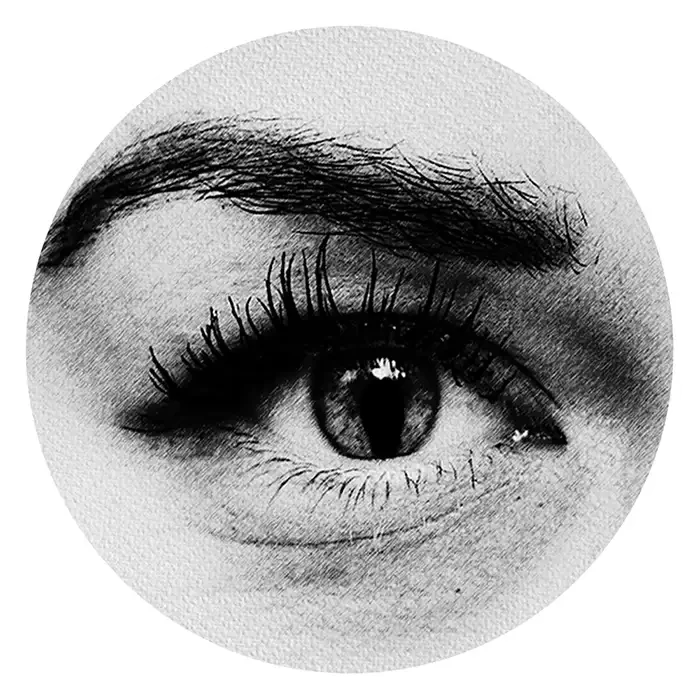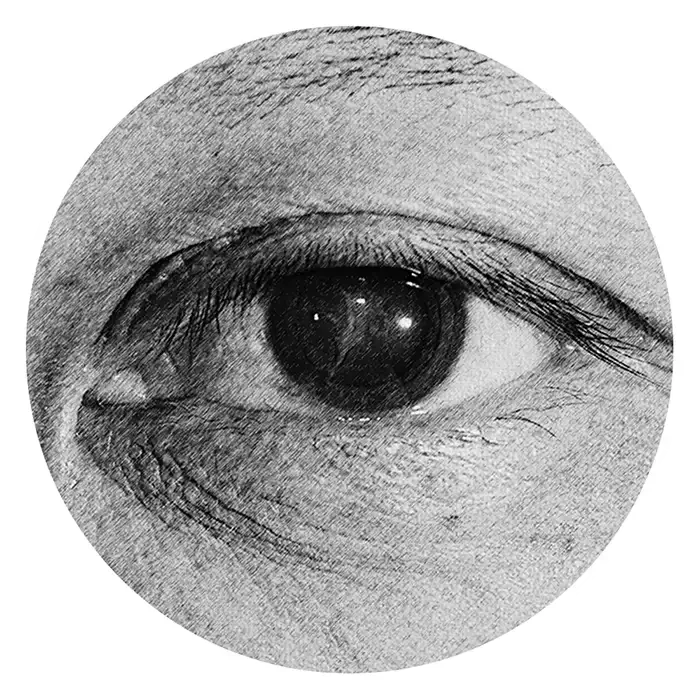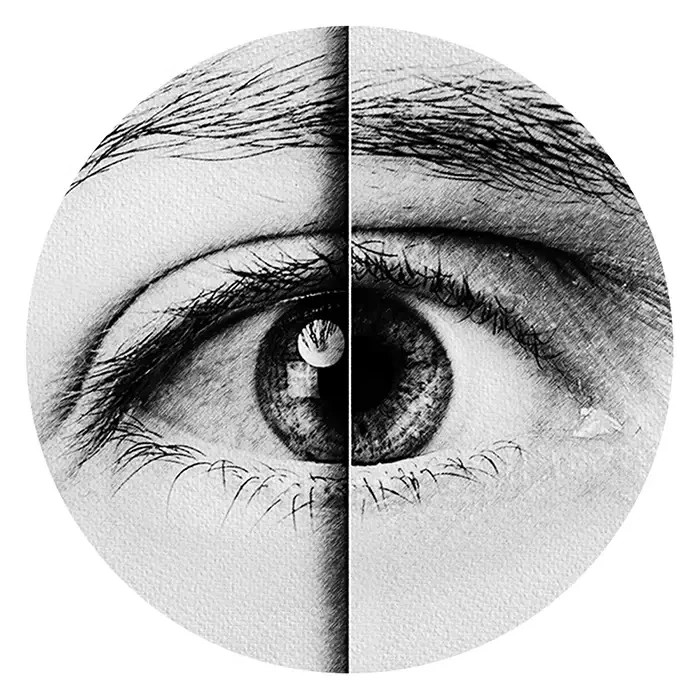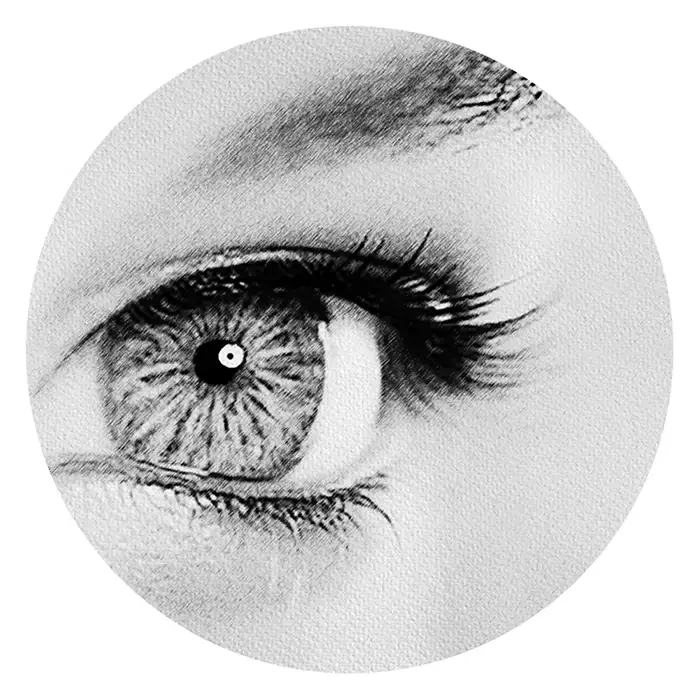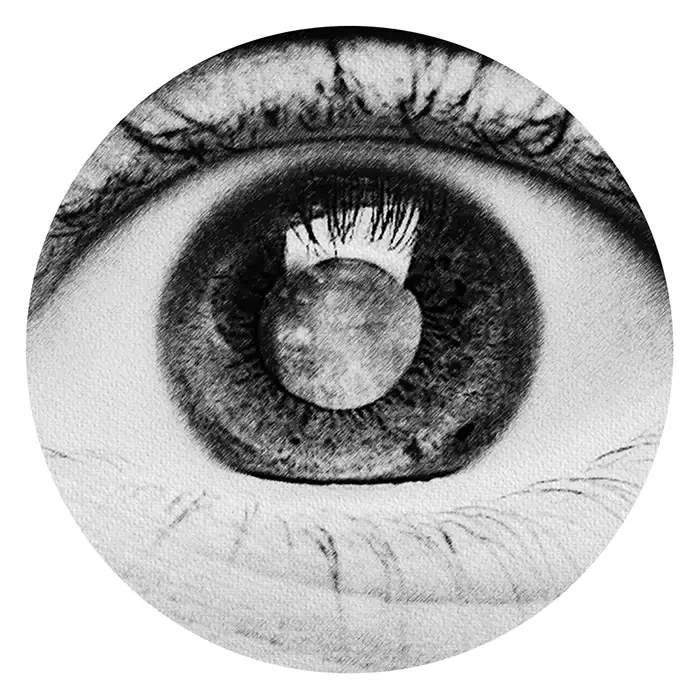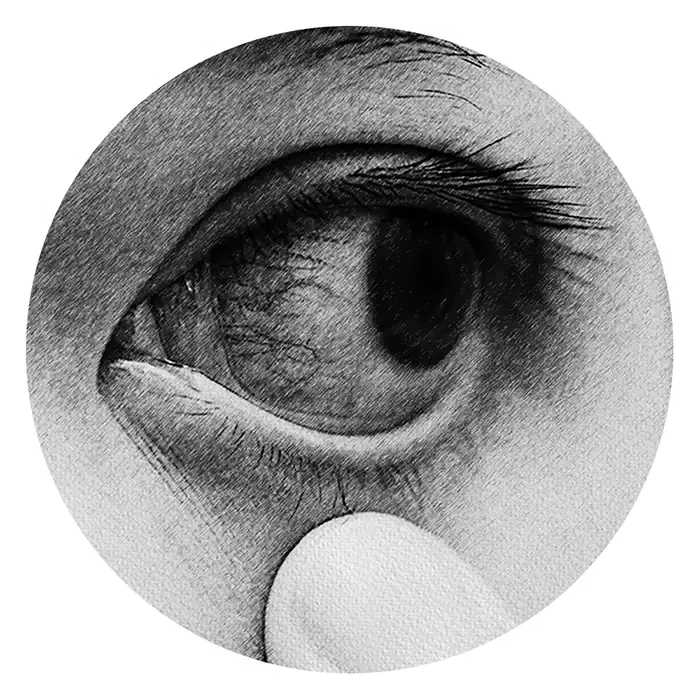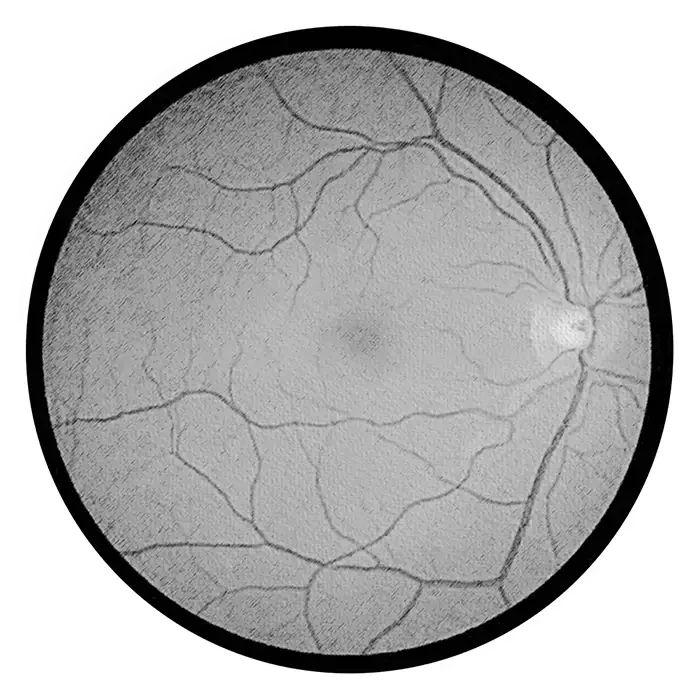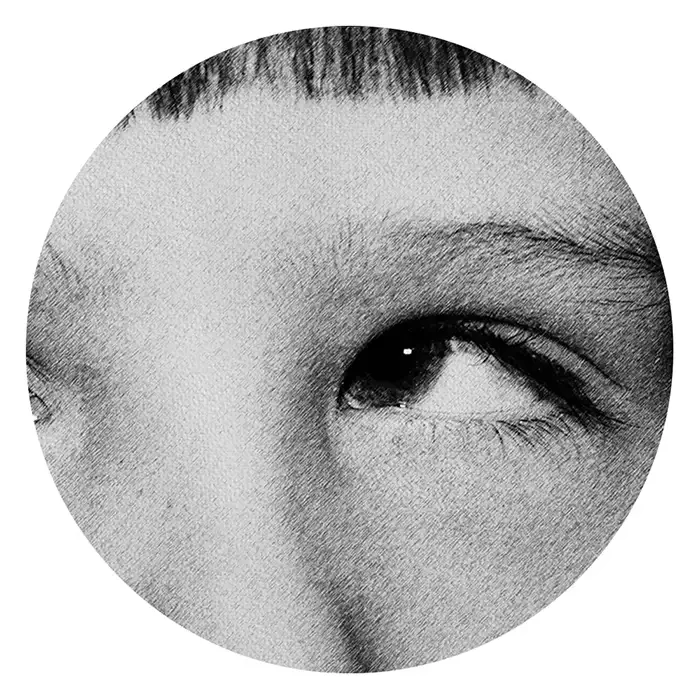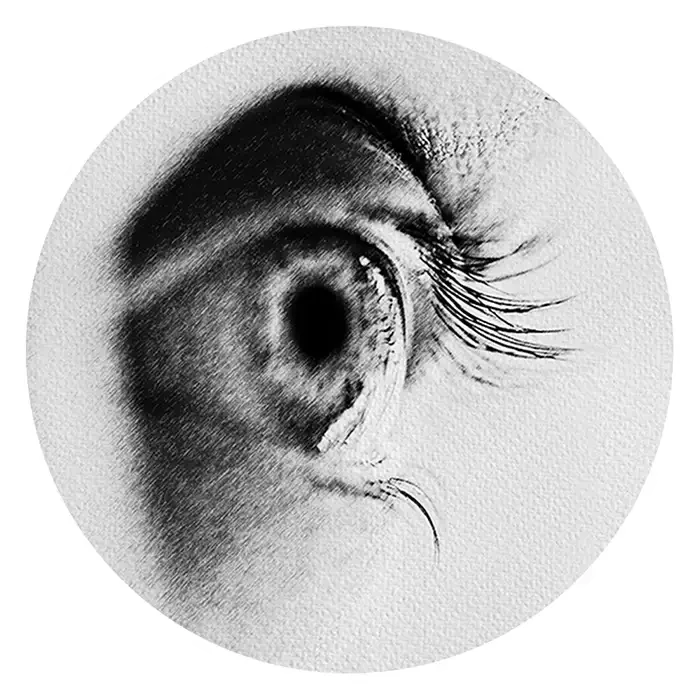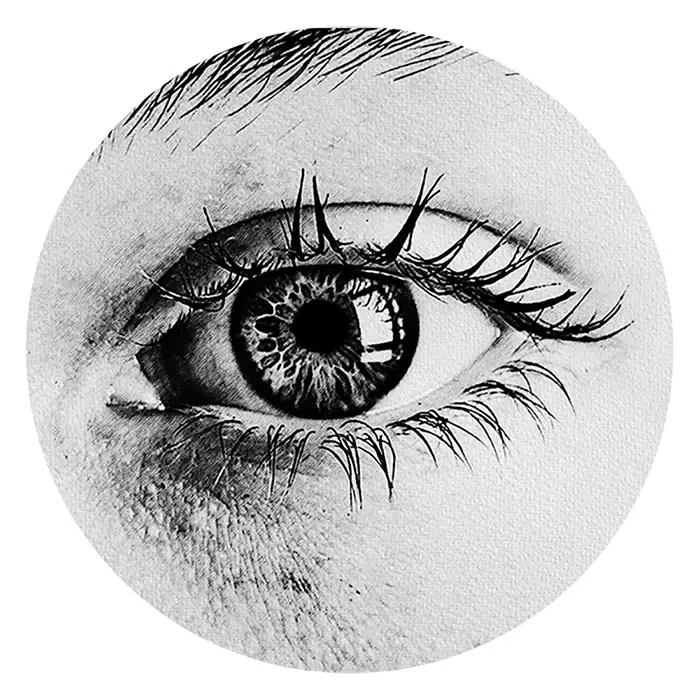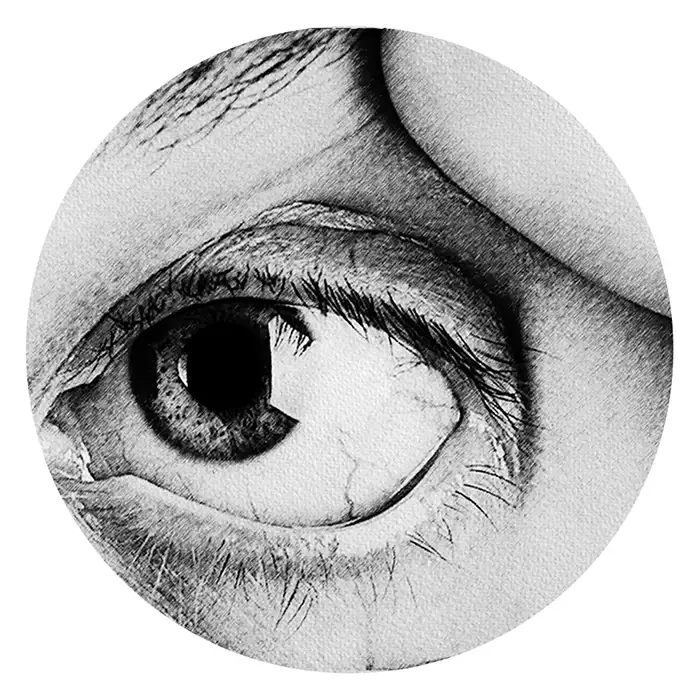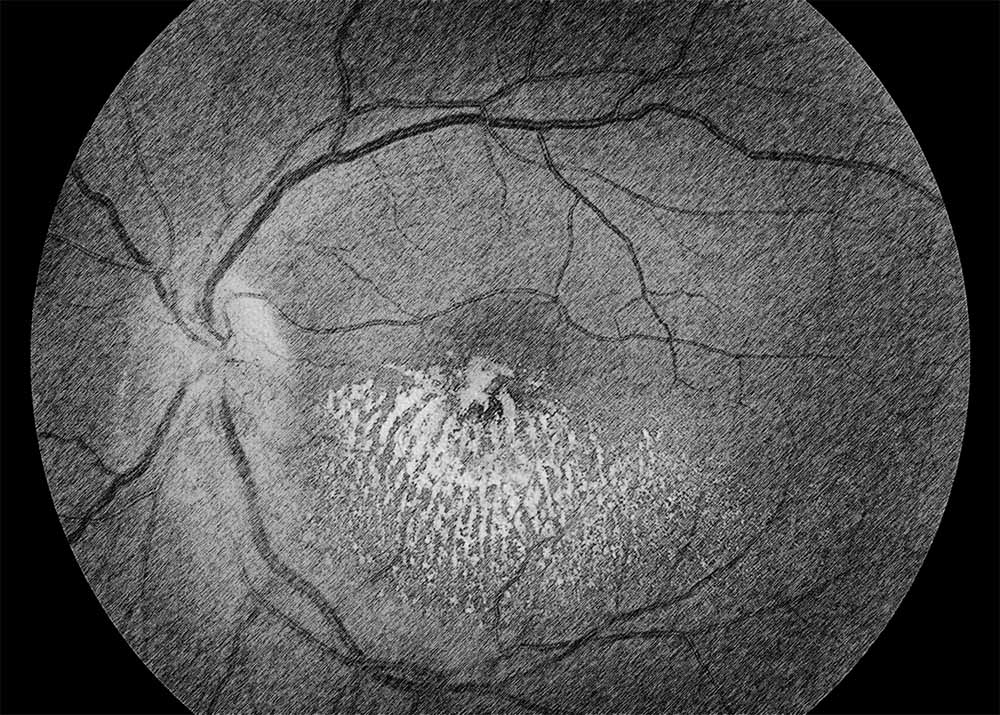
Treating Coat's disease with Infrared Light Therapy
Coat's disease, also known as Coats' retinopathy, is a rare eye disorder characterized by abnormal development and leakage of blood vessels in the retina. It typically affects young males and is often unilateral, meaning it affects only one eye. Coat's disease is classified into various stages based on the extent of retinal involvement, ranging from mild telangiectasia (dilation of blood vessels) to severe exudative retinal detachment. The condition can lead to vision loss or blindness if left untreated.
Diagnosis and Classification:
Diagnosis of Coat's disease involves a comprehensive eye examination, including dilated fundus examination, fluorescein angiography, and optical coherence tomography (OCT) imaging. The severity of Coat's disease is classified based on clinical findings, such as the presence of retinal exudates, telangiectasia, and retinal detachment. Classification guides treatment decisions and prognosis.
Relationship to Eye Infections and Inflammation:
While the exact cause of Coat's disease remains unclear, it is believed to result from abnormal vascular development in the retina. Inflammatory mediators and infectious agents may exacerbate the condition by promoting abnormal vascular growth and increasing vascular permeability. Inflammation-induced angiogenesis can lead to the formation of abnormal blood vessels, contributing to the characteristic features of Coat's disease, such as retinal telangiectasia and exudative detachment.
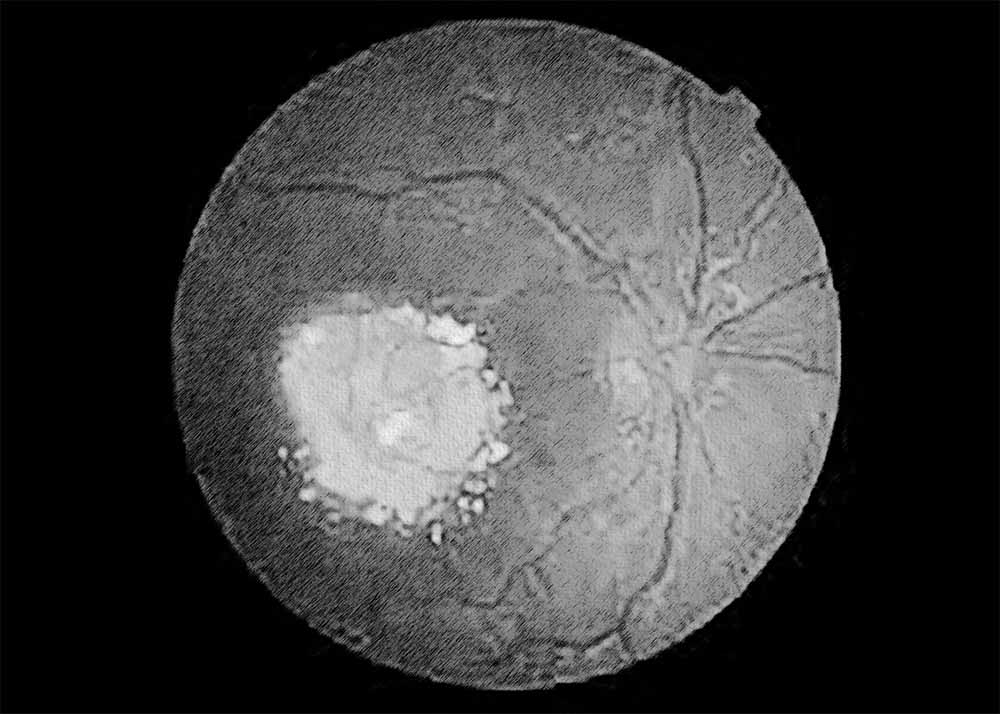
Treatment and Management:
Treatment strategies for Coat's disease aim to stabilize the retinal vasculature, reduce vascular leakage, and prevent vision loss. Options include laser photocoagulation to ablate abnormal blood vessels, intravitreal injections of anti-vascular endothelial growth factor (VEGF) agents to inhibit angiogenesis, and surgical interventions such as vitrectomy to repair retinal detachments. Early intervention is crucial to prevent progression to advanced stages and minimize visual impairment.
Role of Retyne Infrared Eye Treatment:
The Retyne Infrared Eye Treatment mask offers a novel therapeutic approach to complement conventional treatments for Coat's disease. Program #4 on the Retyne controller delivers invisible infrared light to the affected retina, promoting vasodilation, enhancing blood flow, and reducing inflammation. By improving retinal perfusion and mitigating vascular leakage, infrared therapy may help stabilize the retinal vasculature and prevent progression to severe stages of Coat's disease. This non-invasive treatment modality presents a promising adjunctive therapy for enhancing visual outcomes in individuals with Coat's disease.
Coat's disease poses significant challenges in the management of retinal vascular disorders, necessitating early detection and appropriate intervention to preserve vision. While the exact etiology of Coat's disease remains unclear, inflammatory and infectious factors may contribute to its pathogenesis. The Retyne Infrared Eye Treatment Mask, through program #4, offers a promising therapeutic approach to address the vascular abnormalities and inflammation associated with Coat's disease. By leveraging the benefits of invisible infrared light, this innovative treatment modality holds potential in optimizing visual outcomes and improving the overall management of Coat's disease, offering hope for individuals affected by this sight-threatening condition.
The Retyne eye treatment mask utilizes a general selection of frequencies (0.06, 0.5, 0.87, 12.85, 27.5, 141, 301.23, 453.02, 783.4, 825.03 ) tailored to address the symptoms related to Coat's disease. These frequencies have been meticulously chosen for their proven effectiveness in managing and treating this visual condition.
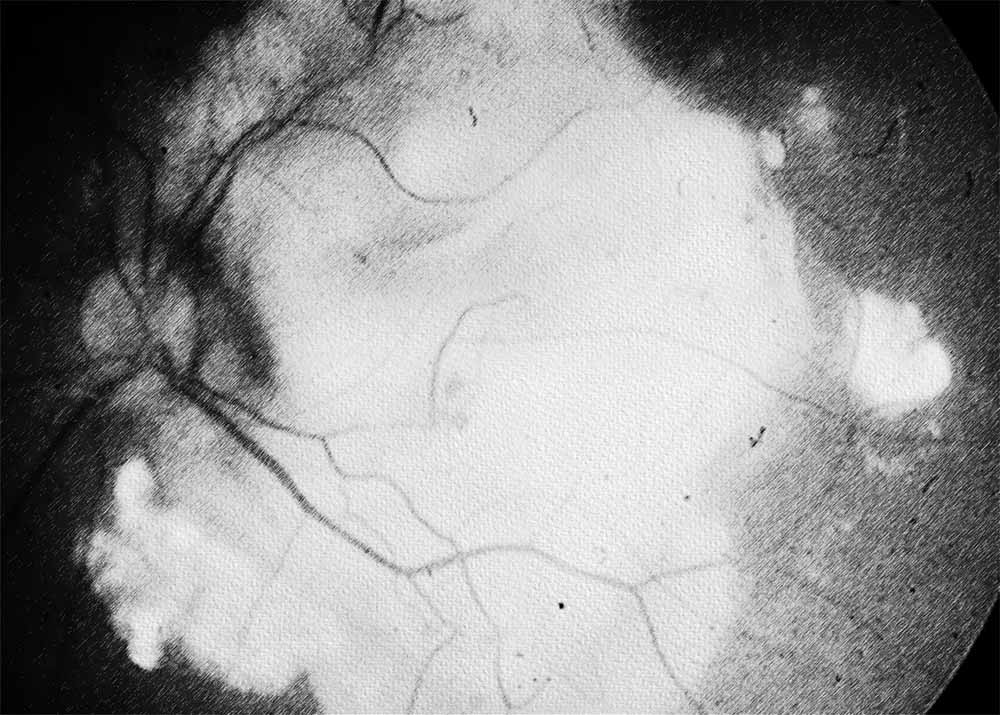
Retyne's approach involves converting each frequency into invisible infrared light output, marking a groundbreaking fusion of frequencies with light—a pioneering technology pioneered by Retyne Labs. Inspired by the groundbreaking work of Dr. Rife, who identified healing properties in specific frequencies and utilized light for their transmission, Retyne's innovative method capitalizes on current research on invisible infrared technology and builds upon past studies on light transmission through frequency sources. The result is the Retyne eye Treatment Mask, a convergence of state-of-the-art advancements in the field of visual care.
Moreover, for those utilizing advanced hardware such as the RDPV4, a secondary set of alternate frequencies for Coat's disease: 0.15, 0.18, 0.8, 5.5, 33.2, 172.3, 471.2, 557.82, 603.44, 921.88 is available. The RDPv4 offers an expanded range of frequencies, finely calibrated to provide even greater precision in addressing this eye disorder. By incorporating this secondary set of frequencies, the RDPV4 elevates the potential therapeutic benefits of the Retyne eye Treatment Mask, catering to individuals seeking advanced solutions for their visual health needs.
A Coat's disease Compatibile group exists at program 1233 (0.06, 0.5, 0.87, 12.85, 27.5, 141, 301.23, 453.02, 783.4, 825.03 )
A Coat's disease Alternate group exists at program 2950: Retinal disorders: 0.15, 0.18, 0.8, 5.5, 33.2, 172.3, 471.2, 557.82, 603.44, 921.88
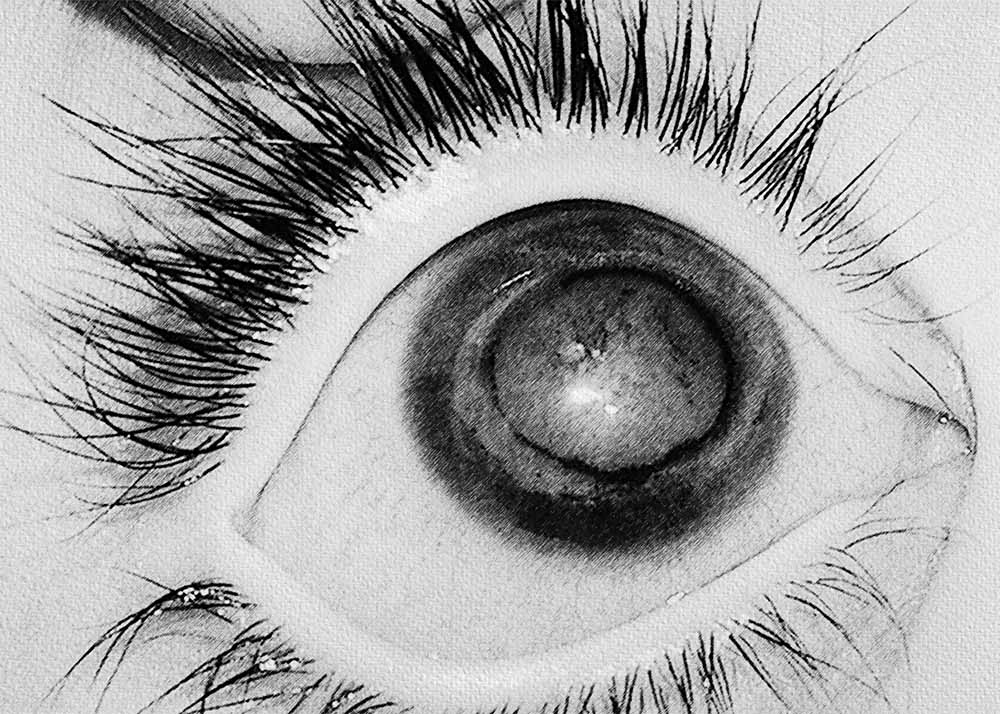
Compatibility
Standalone controller (Program #4) (Controller shipped with Retyne Eye Treatment Mask)
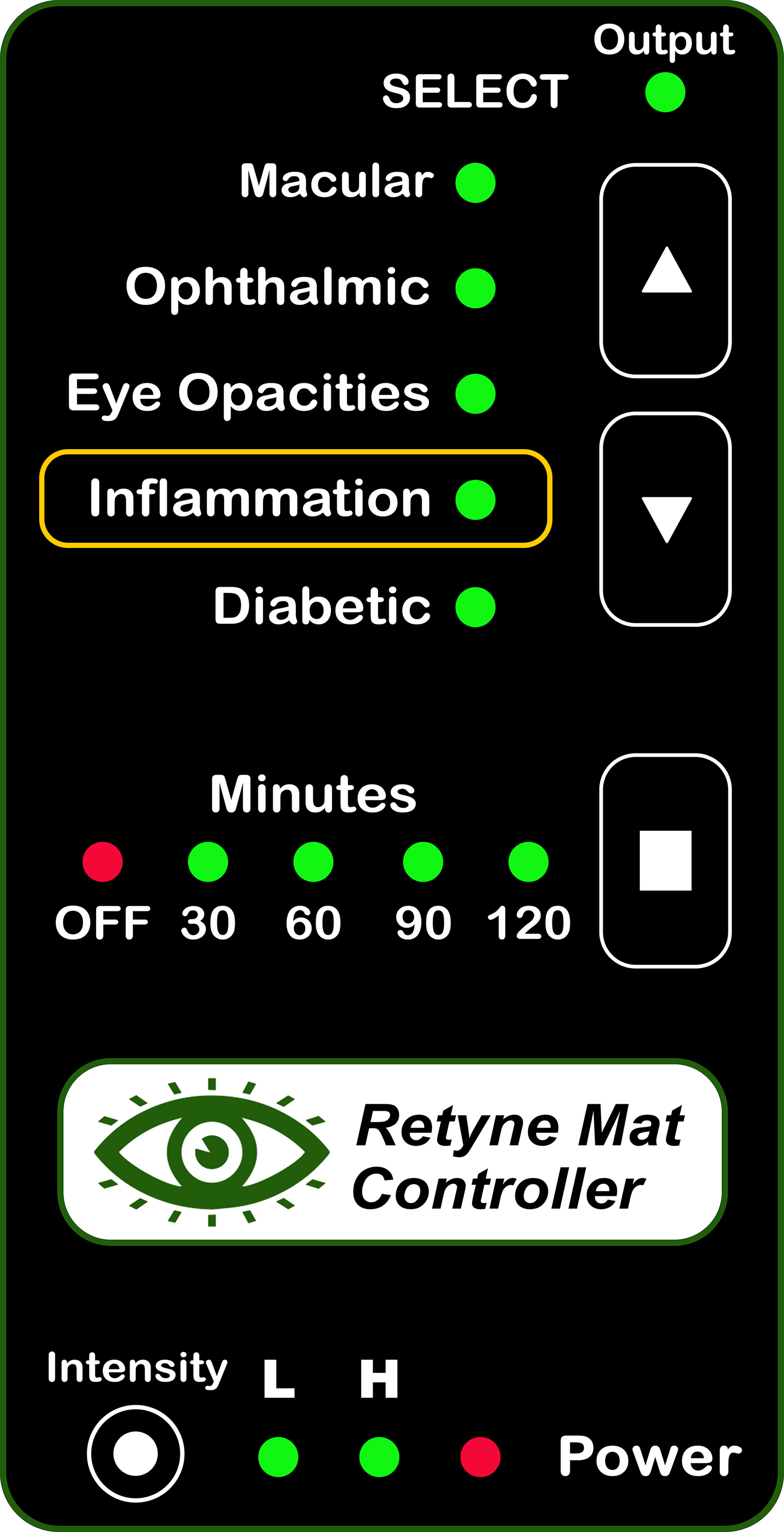
RDPV4 (Direct connect, use group 2950)
RDPV4 Light Mask Program button 4
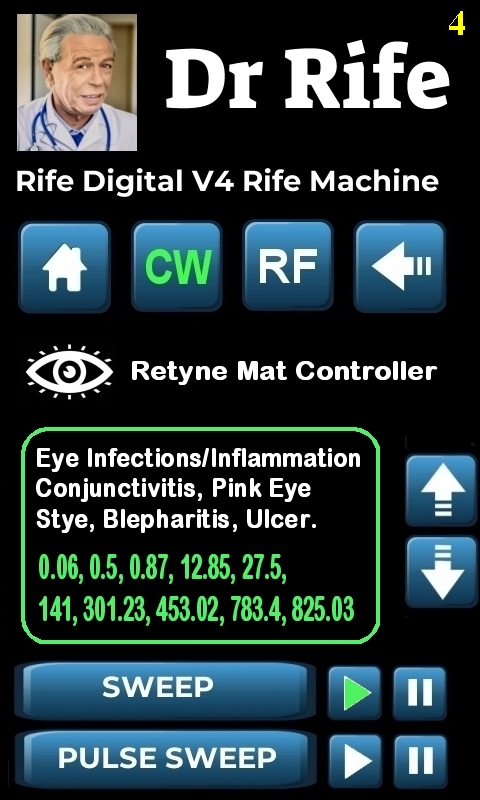
Click here for instructions on using the Retyne Mask + Controller
